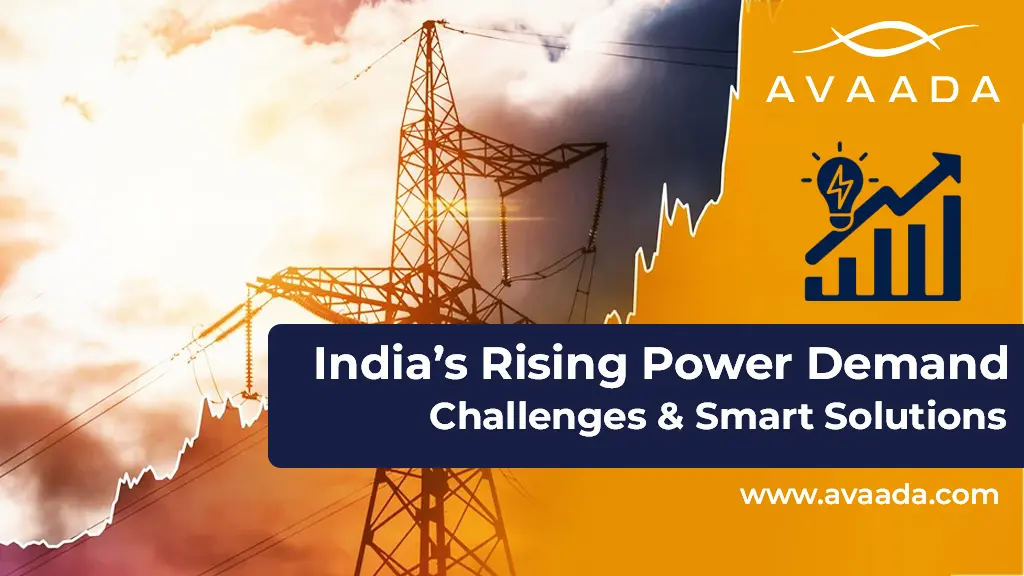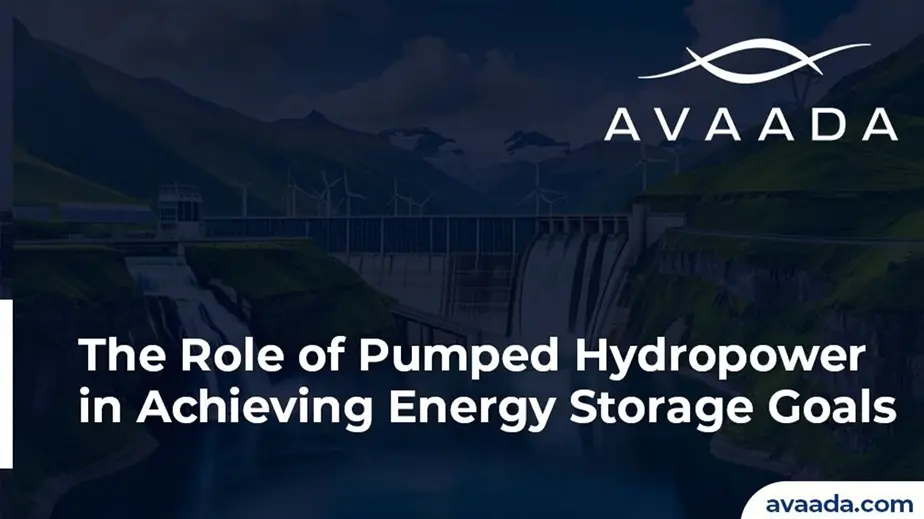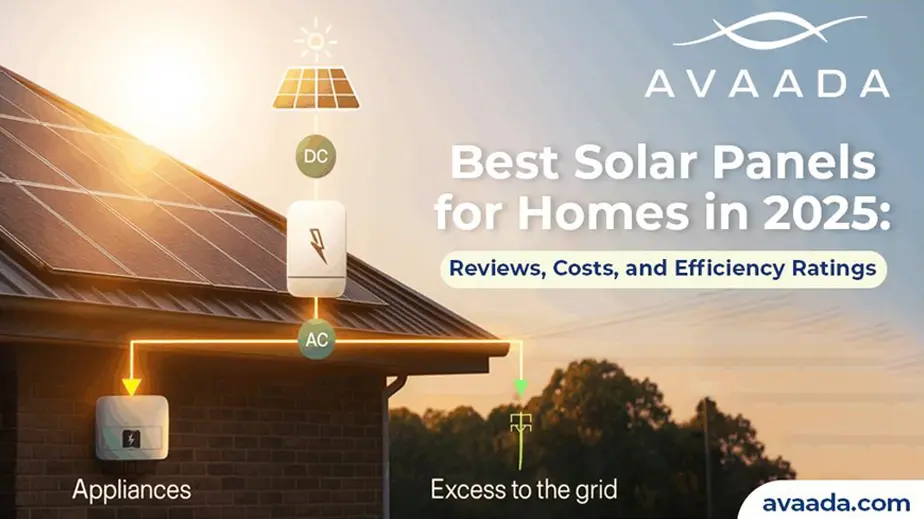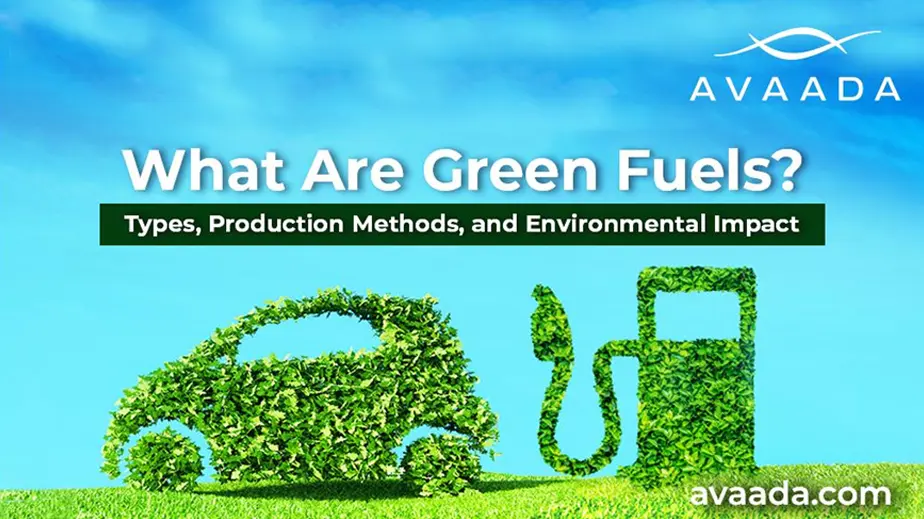India is witnessing a record power demand surge, driven by mass industrialization, urbanization, and growing energy consumption. As the country’s aspirations to be a $5 trillion economy grow stronger, having a reliable and sustainable power supply is now the top agenda. But the surge in demand comes with a big challenge, and new, out-of-the-box solutions and strategic interventions are needed. Renewable energy leaders like Avaada Group are stepping forward to meet these challenges and define India’s energy destiny.
Understanding the Increasing Power Demand
The demand for electricity in India has been on a sharp rising trend. The reasons behind this rise are:
- Economic Growth: Manufacturing units and industries are growing, demanding an increased energy supply.
- Urbanization: An increasing number of people in urban areas raises residential electricity demand.
- Electrification of Transport: The demand for electric vehicles (EVs) imposes a heavy load on the power grid.
- Climate Change: Increased temperature has resulted in increased cooling demands, particularly during peak summer periods.
India’s peak power demand has already crossed 240 GW and is expected to keep going up, as per recent reports, posing a huge challenge before power generators and distributors.
Explore how our renewable projects are driving sustainable energy solutions across various industries.
Key Challenges in Meeting Power Demand
- Fossil Fuel Dependence: In spite of the push towards renewable energy, much of India’s electricity is still generated from coal. Fossil fuel-based power generation is responsible for carbon emissions and is also becoming costly due to volatile fuel prices.
- Grid Reliability Issues: The Indian power grid experiences regular transmission bottlenecks and reliability issues. Peak demand in most states is more than supply, resulting in power cuts and voltage fluctuations.
- Renewable Energy Integration: While India has set ambitious renewable energy targets, integrating large-scale solar and wind energy into the grid remains a challenge. These renewable sources are intermittent, requiring advanced storage and grid management solutions.
- Investment and Financing Gaps: Power sector development requires substantial capital investments in infrastructure, smart grids, and clean energy projects. However, financing remains a challenge, especially for renewable energy ventures.
Solutions to Address Power Demand Challenges
- Boosting Renewable Energy Capacity: India has established a goal of having 500 GW of non-fossil fuel-based energy capacity by 2030. Organizations such as Avaada Group are driving the shift to renewable energy through investments in solar and wind power projects at a large scale. Avaada’s contributions to India’s energy sector are as follows:
- Large-scale solar parks provide clean electricity to industries and homes.
- Green hydrogen projects for energy storage and industrial decarbonization.
- Collaborations with state and central governments to foster adoption of renewable energy.
- Redefining Power Grid Infrastructure: Improvement in transmission and distribution systems is important for effective energy supply. Smart grid technologies, automated demand response systems, and energy storage systems can reduce power outages and ensure supply reliability.
- Maximizing Energy Storage Solutions: Battery energy storage systems (BESS) and pumped hydro storage have the potential to be used to balance power supply and demand. Large-scale energy storage projects will ensure a stable power supply, even when solar and wind power generation varies.
- Energy Efficiency and Demand-Side Management: Encouraging industries, commercial buildings, and residential sectors to use energy-efficient practices can cut down on unnecessary power usage. Installing energy-efficient appliances, LED lights, and smart meters can reduce peak demand pressure on the grid significantly.
- Policy and Regulatory Support: Various policies have been announced by the government of India for promoting the deployment of renewable energy and enhancing the resilience of the grid. Benefits like Production-Linked Incentives (PLI) to promote solar production and Renewable Purchase Obligations (RPO) for industrialists are making the shift to clean energy viable.
Conclusion
India’s increasing power demand holds both challenges and opportunities. While the transition to a sustainable energy future requires overcoming infrastructure and financing hurdles, organizations such as Avaada Group are leading the change towards renewable energy adoption. By adopting innovative technologies, grid modernization investments, and robust policy systems, India can fulfill its increasing energy demands while making a greener and cleaner future possible.
The coming decade will be pivotal in determining India’s energy future. With proper strategies and collective efforts, the country can attain energy security and sustainability, leading to economic development and environmental protection.








